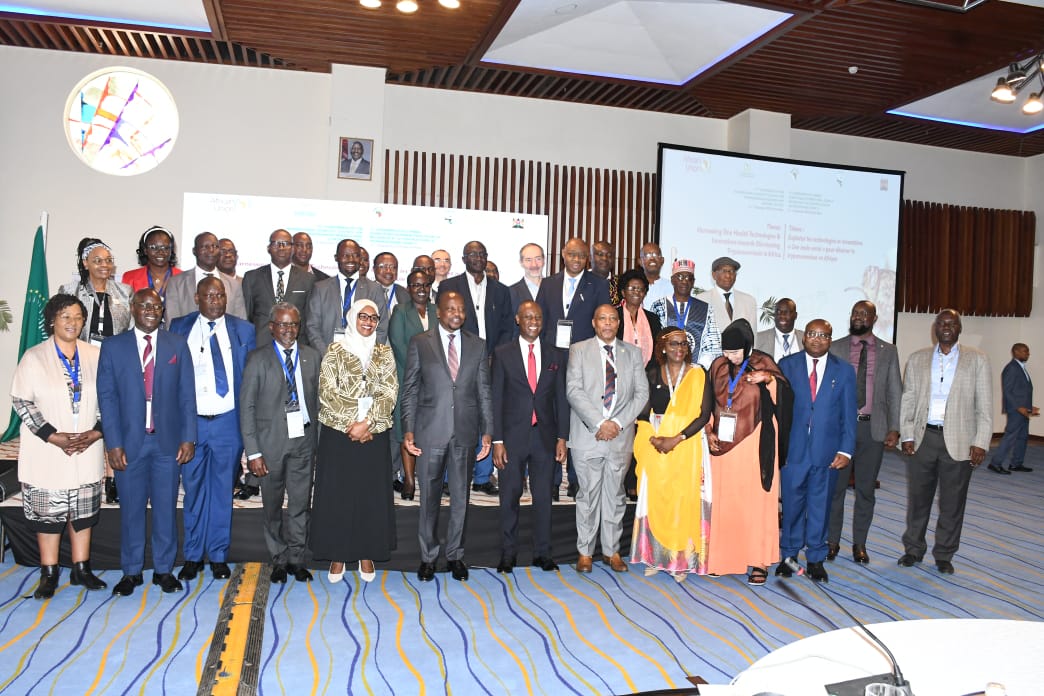By Lenah Bosibori
The 37th International Scientific Council for Trypanosomiasis Research and Control (ISCTRC) ended in Nairobi with a call for African countries to intensify efforts against sleeping sickness and animal trypanosomiasis, even as Kenya marked a historic milestone in eliminating the disease as a public health problem.
The scientific meeting that brought together more than 350 participants including policymakers, governments, and development partners issued recommendations aimed at ending the threat of the tsetse fly and the diseases it spreads.
Delegates urged stronger regional coordination through the revival of the Pan-African Tsetse and Trypanosomiasis Eradication Campaign (PATTEC), as well as better alignment of national and regional programs with the Progressive Control Pathway (PCP) to accelerate eradication.
The council also called for greater investment in innovation, including research into new diagnostics, treatments, and vaccines, alongside the use of AI-based vector monitoring and digital tools for early detection. Sustainable financing through climate-related funds and strengthened public–private partnerships was also highlighted as critical for long-term progress.
Other recommendations included institutionalising One Health approaches, linking trypanosomiasis control with wider zoonotic disease and neglected tropical disease programs; expanding training opportunities for young scientists and women researchers; and strengthening surveillance data systems to provide real-time early warning.
Kenya’s Progress in Focus
Amid these regional calls, Kenya received special recognition after being validated by the World Health Organization (WHO) as having eliminated Human African Trypanosomiasis (HAT), or sleeping sickness, as a public health problem.
According to Agnes Otwani, a Principal Zoologist at the Ministry of Health in Busia County, the last indigenous case in Kenya was recorded in 2009 in Busia. The patient survived after treatment, though her husband succumbed to the disease. “Since then, we have not had a confirmed local case,” she said.
Sleeping sickness is caused by parasites transmitted by the tsetse fly. The East African form progresses rapidly and can kill within a month, while the West African type develops slowly and may take years before symptoms show.
At its height in the 1980s, sleeping sickness devastated communities in Western Kenya, claiming hundreds of lives and forcing relocations from areas like Lambwe Valley. Control measures later enabled resettlement.
Vigilance Still Needed
Despite the milestone, experts caution that the disease has not been eradicated. Neighbouring Uganda still records cases, and climate change is expanding the tsetse fly’s habitat.
“Validation does not mean eradication,” Otwani stressed. “We continue to carry out active surveillance every year in hotspots like Busia and Bungoma, testing even healthy individuals.”
Kenya has strengthened surveillance through 12 sentinel sites, including Angurai dispensary, and WHO continues to supply the costly medicines used for treatment, which are unavailable in local pharmacies.
Control efforts in Kenya include communal spraying of livestock, use of insecticide-treated traps, and land-use changes like planting tall trees to reduce tsetse habitats. Farmers are also being encouraged to adopt more productive livestock breeds that require regular spraying, indirectly helping to curb the fly population.
Still, funding gaps threaten progress. “Sleeping sickness control is expensive and requires consistent surveillance and vector control, but sometimes delays in government funding reverse progress,” Otwani noted.
Kenya’s achievement stands out in a continent where 38 countries remain affected. The Nairobi meeting emphasised that eliminating sleeping sickness across Africa will require sustained commitment, innovation, and cross-border collaboration.
As Otwani summed up, “Kenya has made remarkable progress, but continued vigilance is the only way to ensure sleeping sickness does not return.”




